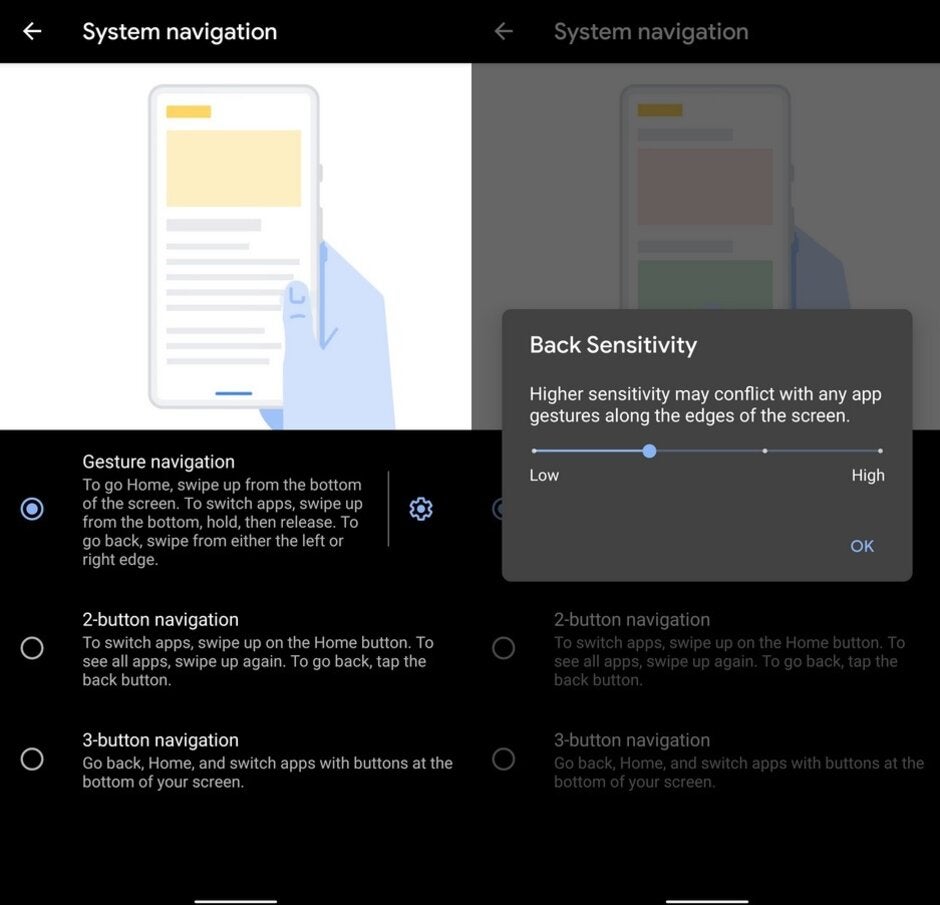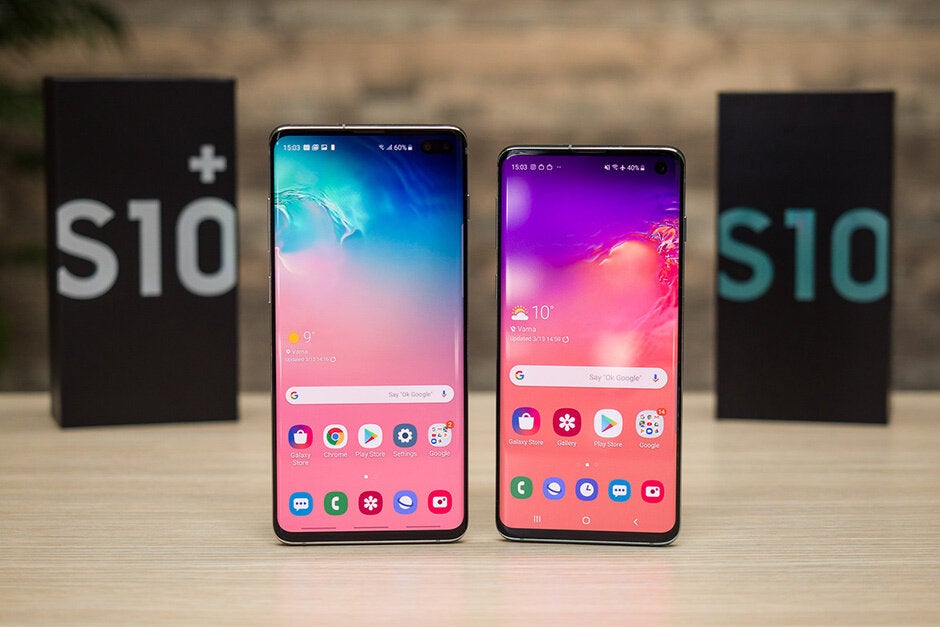Android 10 beta program could kick off for U.S. Samsung Galaxy S10 users in just two days

Back on October 8th, we told you that Samsung had communicated to Galaxy S10e, Galaxy S10, and Galaxy S10+ users that its Android 10 beta program (which includes One UI 2.0) was "coming soon."According to SamMobile, a limited number of consumers in South Korea owning one of the three Galaxy S10 models have started signing up for the beta program. The report notes that only 1,000 openings were available to be filled today, but more users will be allowed to participate in the beta program starting at 10 am Korea Standard Time on Monday.
U.S. consumers with a phone belonging to the Galaxy S10 family are expected to be able to register for the Android 10 beta program starting on Monday, October 14th. To do so, those interested in signing up need to open the Samsung Members app (which can be found in the Google Play Store). Once open, tap on the banner about the One UI 2.0 beta program. Those in Germany should also be able to join the beta program starting this Monday.
Android 10 includes Google's revamped gesture system. Unlike the gestures used on Android 9, this time there is one that replaces the back button. Swiping to the left from the right edge or to the right from the left edge will bring the user back a page; With Android 10, Google gives users the ability to change the sensitivity of the "back" gesture because simply trying to navigate some apps will accidentally trigger it. In addition, the "pill" shaped home button used on Android Pie is gone. Android 10 users can go home from any screen with a swipe up from the bottom. And open apps can be accessed by swiping up from the bottom of the screen and holding it about halfway up.
Samsung will include the second generation of its One UI user interface with the Android 10 update
The Android 10 update also includes the widely anticipated system-wide Dark theme toggle found by going to Settings > Dark theme. Live Captions will be available later this year for Android 10 users. This will allow a compatible device to create captions for any video content. Digital Wellbeing will be improved and the update brings support for foldable devices.

Android 10 comes with Google's improved gesture navigation system
Samsung Galaxy S10e, Galaxy S10, and Galaxy S10+ users will also be receiving One UI 2.0 with the Android 10 update. This is the second generation of Sammy's user interface designed to put most tappable elements on the bottom of the screen. It was designed to allow those with a Samsung handset to tap options on their phone's display without having to perform impossible finger stretches. Perhaps those with extra long fingers don't care, but for the average Joe or Joanna, One UI is very helpful. You can learn more about the Android 10/One UI 2.0 update by reading our hands-on right here.

The Android 10/One UI 2.0 beta program for the Galaxy S10 series rolls out in South Korea
The reason why Samsung wants to disseminate a tightly controlled beta program instead of just pushing out Android 10 to Galaxy S10 users is pretty simple to understand. The manufacturer wants to get feedback from beta members to see if there are any bugs that need to get exterminated or changes that need to be made to the software before it is more widely distributed. The final version of the Android 10/One UI 2.0 update is expected to be available to Galaxy S10e, Galaxy S10, and Galaxy S10+ users sometime in December.

Those in the U.S. with a phone in the Galaxy S10 family could be able to sign up for the Android 10 beta program as soon as this Monday
Google officially introduced what was known then as Android Q during the Google I/O developers conference that ran from May 7th through May 9th. The Android Q beta program ran throughout the summer and on September 3rd, Google released the final version of Android 10. The naming of the latest Android build was notable since, for the first time, Google did not use the name of a dessert to identify the latest version of its operating system. For example, the previous version of Android was known as Android Pie, which followed 2017's Android Oreo. Not only was it hard for Google to find a dessert that starts with the letter "Q," it also seemed like the right time to switch to numerals with Android's tenth major release.










Things that are NOT allowed: